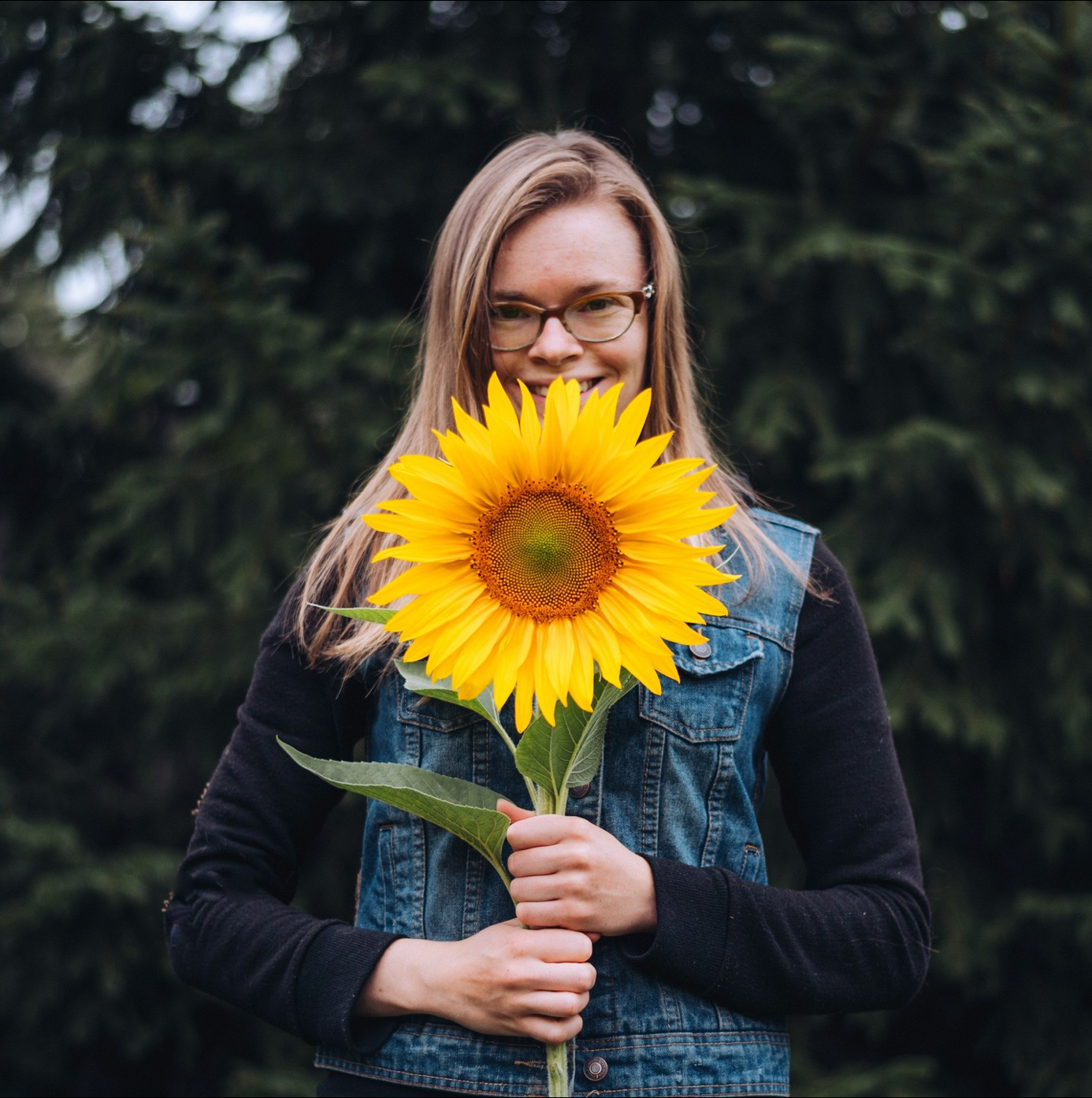Hopefully, you had an enjoyable journey researching and shopping for your new camera gear. At this point, I don’t expect that you have a $3,000 professional camera and eight lenses. You can easily get started with a crop sensor DSLR and a kit lens.
Understanding Your Camera
When you get your first DSLR, it can be intimidating to understand what all of the dials and settings mean. Many people shoot in auto mode and never take the leap of faith to try manual. But, you’ll never be using your camera to its full potential if you don’t learn how to get off auto mode.
The most important thing to understand about photography is how to properly expose your photos using three camera settings: aperture, shutter speed, and ISO. This is called the exposure triangle of photography.
-
Aperture is controlled by a small set of blades in your lens. It affects both the amount of light entering the camera and the depth of field. A wide aperture (e.g., f/1.8) lets in more light and creates a blurred background, while a narrow aperture (e.g., f/16) allows less light and keeps more of the scene in focus.
-
ISO determines how sensitive your camera sensor is to light. Low ISO values (e.g., 100) are ideal for bright conditions, while high ISO values (e.g., 8000) help in low light but introduce grain (noise) into the image.
-
Shutter speed controls how long the camera sensor is exposed to light. A fast shutter speed (e.g., 1/800) freezes action, while a slower shutter speed (e.g., 1/30) can create motion blur.
Using these three settings together is a skill that develops over time. You may start on Auto mode, but I encourage you to experiment with Aperture Priority or Shutter Priority. I primarily use Aperture Priority mode for my sessions because it allows me to control the background blur while the camera selects the best shutter speed.
Composition Techniques
In addition to learning proper exposure, understanding composition is crucial for creating professional-looking images. Composition refers to how elements are arranged in the frame.
-
Rule of Thirds: Divide your image into nine equal parts using two horizontal and two vertical lines. Place your subject at one of the four intersection points rather than in the center.
-
Leading Lines: Use roads, fences, or bridges to direct the viewer’s eyes toward your subject.
-
Patterns: Capture repeating elements in nature, architecture, or textures to add visual interest.
-
Framing: Use doorways, windows, or arches to naturally frame your subject and add depth to your images.
By applying these techniques, your images will start to look more intentional and professional. Instead of simply taking a picture, think about how to incorporate leading lines, offset your subject, or use framing to elevate your composition.
Tips to Get Off Auto Mode
Join a Meetup Group
Starting a new hobby can feel isolating, but joining a local photography group can help. Many towns have clubs that organize meetups, workshops, and competitions. Engaging with other photographers provides learning opportunities, networking, and even potential collaborations.
Photograph Family and Friends
Before working with clients, practice with people you know. Experiment with camera settings, lenses, and posing techniques in a relaxed environment to build confidence.
Volunteer at Local Events
Attending community events like sports games or festivals is a great way to gain experience. Challenge yourself to choose the right lens and settings for different scenarios. Share your images on social media and tag the event to build local recognition.
Go on Nature Walks
If you’re not ready to photograph people, take your camera on nature walks. Practice focusing on trees, flowers, and landscapes. Use a wide aperture (e.g., f/1.8) for subject isolation or a smaller aperture (e.g., f/11) for sharp landscapes.
Keep Practicing
The more you practice, the better you’ll become. Don’t be afraid to step out of Auto mode and explore your camera’s capabilities. With time and experience, your skills will grow, and you’ll develop your unique photographic style.
